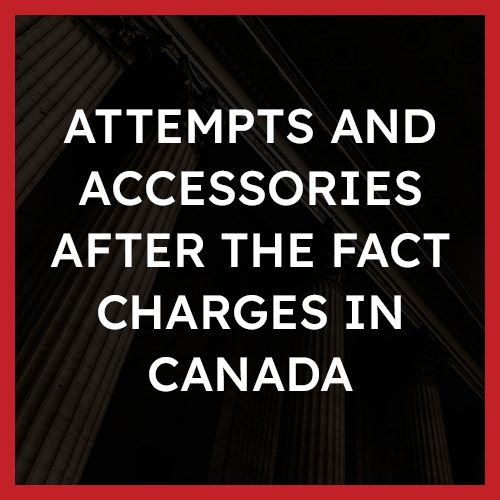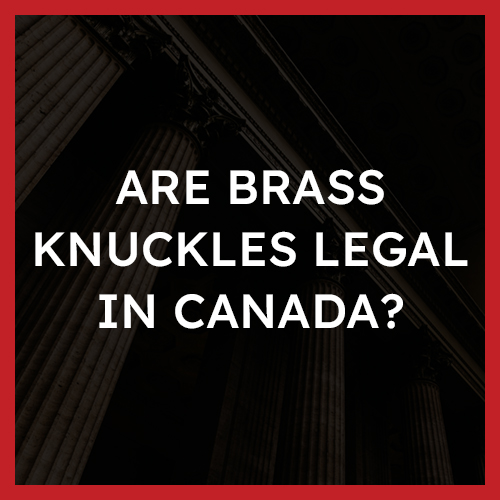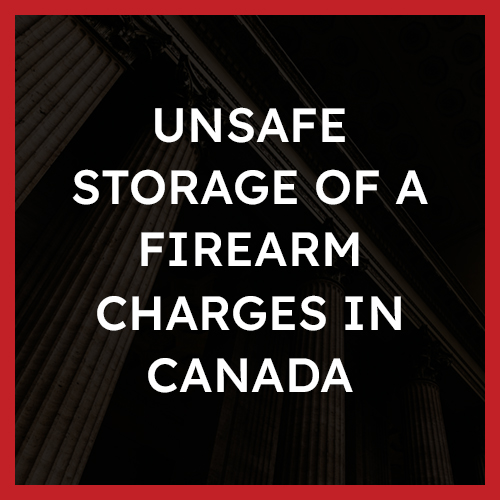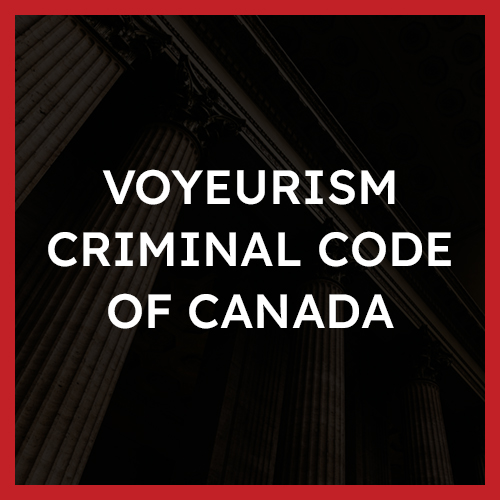Attempts and Accessories After the Fact Laws in Canada Explained

An attempts and accessories after the fact charge applies to a wide range of offences, and so the level of punishment depends on the severity of the main offence. This section examines the criminal liability of an accused who has attempted to commit or has aided another in committing a Criminal Code offence.
Attempts and accessories after the fact offences are either summary, hybrid or indictable offences, depending on the main Criminal Code offence. If the offence which the accused attempted to commit or was an accessory to is an indictable offence carrying a maximum sentence of life, they are liable to imprisonment for a term of no more than 14 years and guilty of an indictable offence, under s. 463(a). If the accused has attempted to commit or was an accessory after the fact to an indictable offence carrying a maximum term of imprisonment of 14 years, then the accused is liable to imprisonment half the length of the maximum sentence available to a person guilty of that offence. If the offence that the accused attempted to commit or was an accessory to is a summary offence, then s. 463(c) sets a summary punishment. S. 463(d) notes that anyone who was an accessory to or committed an offence prosecuted by indictment or summarily is either guilty of an indictable offence and liable to a term of imprisonment half as long as the maximum term of imprisonment for that offence or an offence punishable on summary conviction.
This section holds those that did not commit the offence directly, but still took part in it, accountable for what they did. It is not dependent on a particular offence, but rather, covers a list of charges, indictable, hybrid and summary, and allots punishments in line with assisting in those offences.
Examples
Some examples of an attempts and accessories after the fact charge may include the following:
- The accused helped another possess or distribute computer data contrary to 102.1(3) of the Criminal Code;
- The accused was accessory to an act of weapons trafficking contrary to 99 of the Criminal Code;
- The accused helped another tamper with a vehicle identification number contrary to 353.1 of the Criminal Code;
- The accused attempted to carry a weapon while attending a public meeting contrary to 89(2) of the Criminal Code.
Defences
The defences available to an attempts and accessories after the fact charge are entirely dependent on the facts of your case.
However, some defences to an attempts and accessories after the fact charge may include:
- The accused was under duress when they were attempting to commit or were an accessory to a criminal act;
- The accused did not attempt or intentionally prepare to commit the offence;
- The accused was wrongly identified as the person who attempted to commit the offence; and
- The accused did not intend to assist the principal offender in committing the crime.
Punishment
An Attempts and accessories after the fact charge is a hybrid offence, which entails a maximum punishment as follows:
- Imprisonment for a term not exceeding 14 years.
Punishments for attempts and accessories after the fact depend on the charge that the accused was accessory to or has attempted to commit. Thus, where the maximum punishment for an offence if life imprisonment, the accused charged with a s. 463 offence will be liable to a maximum jail sentence of 14 years. This is the maximum punishment for all s. 463 offences. The punishment for a s. 463 charge is therefore very dependent on the acts of the accused and the corresponding charges.
An attempts and accessories after the fact charge can also entail severe consequences for current and future employment opportunities and immigration status.
Overview of the Offence
According to s. 463 of the Criminal Code:
Attempts, accessories
463 Except where otherwise expressly provided by law, the following provisions apply in respect of persons who attempt to commit or are accessories after the fact to the commission of offences:
- every one who attempts to commit or is an accessory after the fact to the commission of an indictable offence for which, on conviction, an accused is liable to be sentenced to imprisonment for life is guilty of an indictable offence and liable to imprisonment for a term not exceeding fourteen years;
- every one who attempts to commit or is an accessory after the fact to the commission of an indictable offence for which, on conviction, an accused is liable to imprisonment for fourteen years or less is guilty of an indictable offence and liable to imprisonment for a term that is one-half of the longest term to which a person who is guilty of that offence is liable;
- every one who attempts to commit or is an accessory after the fact to the commission of an offence punishable on summary conviction is guilty of an offence punishable on summary conviction; and
- every one who attempts to commit or is an accessory after the fact to the commission of an offence for which the offender may be prosecuted by indictment or for which he is punishable on summary conviction (i) is guilty of an indictable offence and liable to imprisonment for a term not exceeding a term that is one-half of the longest term to which a person who is guilty of that offence is liable, or (ii) is guilty of an offence punishable on summary conviction.
The Guilty Act (Actus Reus)
The actus reus for an attempts and accessories after the fact charge under s. 463 is established by proof, beyond a reasonable doubt, of the following:
Attempts and accessories after the fact (s. 463)
- The accused, at a specified date and time, attempted to commit or was an accessory to an offence covered under s. 463; and
- The attempt to commit the crime was more than simple preparation for it.
OR
- The accused, at a specified date and time, attempted to commit or was an accessory to an offence covered under s. 463; and
- The accused knew that a crime was to be committed, and aided the principal offender in committing the offence.
The actus reus refers to the act or the omission itself that constitutes the physical elements of a crime. Thus, the physical aspect of an attempts and accessories after the fact offence
would be constituted by any physical act that constitutes this charge. Thus, one example would be that the accused attempted to commit a crime, such as robbery, and not merely plan it out.
The Guilty Mind (Mens Rea)
The mens rea for an attempts and accessories after the fact charge under s. 463 includes proving, beyond a reasonable doubt, that:
- The accused knowingly attempted to commit an offence covered under s. 463; and
- The accused had no lawful excuse for doing so.
OR
- The accused knowingly attempted to commit or was an accessory to an offence covered under s. 463;
- The accused knew that a crime was to be committed, and aided the principal offender in committing the offence.
- The accused had no lawful excuse for doing so.
Mens rea is defined as the knowledge or intention of committing the crime. Thus, knowing that one has attempted to aid another in committing the crime, and fully aware of the facts, consists of the mens rea of the charge.
Defences
How to Beat an Attempts and Accessories After the Fact Charge
Every case is different. The availability and strength of your defence depend entirely on the specific facts of your case. The strength of any available defence rests on the evidence against you and the precise details of the allegations. However, the following are some common defences that may be used when fighting an attempts and accessories after the fact charge.
Factual innocence
A strong defence against an attempts and accessories after the fact charge is to maintain that you are factually innocent. If you can show that the facts and the evidence do not support that you were attempting to commit an offence or an accessory to an offence, you may have a defence that you were factually innocent.
Duress
Another possible defence to an attempts and accessories after the fact charge is duress. Duress is proven when the five criteria listed below are met.
- That there was a threat of present/future death or physical harm,
- That the accused reasonably believed the threat would be carried out,
- That the accused had no safe way to avoid the harm,
- That it is because of the threat that the accused did what they did, and
- That the harm that the accused caused was not disproportionate to the harm that was threatened against the accused.
All five of the elements of duress must be met for the defence of duress to apply.
Identity
A defence based on the identity of the perpetrator may be a defence to an attempts and accessories after the fact charge. In order for this defence to be raised successfully in court, you would have to prove that you did not commit this act. This is a defence that states that the accused was wrongfully convicted. Evidence that can be submitted to create a solid identification defence is eyewitness identification, DNA evidence, media and fingerprints.
Any applicable Charter defences
The Charter sets out your rights and freedoms before and after your arrest. If the police fail to abide by these rights deliberately or inadvertently, it could aid in your defence. If any of your Charter rights have been violated before or after your arrest, you may be able to have some or all of the evidence that the Crown is relying on to secure a conviction excluded under s. 24(2) of the Charter.
Punishments
The Criminal Code provides for a possible maximum term of no more than 14 years of imprisonment for those convicted of an attempts and accessories after the fact charge.
Persons found guilty of attempts and accessories after the fact face punishments that depend on the offence which they attempted to commit or to which they were an accessory. Section 463 lists out all the different punishments for different types of offences ranging from those with a life sentence punishment to summary convictions. Therefore, if you were an accessory to a hybrid offence, such as possession for purpose of weapons trafficking under s. 100 of the Criminal Code which carries a maximum punishment of 14 years of imprisonment. If convicted of being an accessory to an s. 100(2) offence, you would be liable to a maximum term of imprisonment of 7 years.
Due to the nature of s. 463, there may be different probation sentences or immediate jail orders available which depend on what is available for the index offence. You may be eligible for a discharge, suspended sentence, custody, custody with a fine, a stand-alone fine, or probation with a conditional sentence order. The release options will also depend on the main offence. Ancillary orders such as DNA orders for certain index offences under s. 463, as well as sentencing orders such as orders of non-communication, of restitution, of forfeiture, and victim fine surcharges, may also apply.
A discretionary publication ban may be available, dependent on Crown, witness or victim application. Other types of publication bans may also be available, such as prohibitions for the publishing of evidence arising form a bail hearing, preliminary inquiry or jury trial. Youth prosecutions require publication bans under the Youth Criminal Justice Act.
Moreover, factors that may influence the nature of the punishment include the type of involvement, the experience of the accused, the duration and nature of the relationship between the accused and principal offender, the presence of a threat to the accused and the type of assistance given.
Frequently Asked Questions
Can you go to jail for Attempts and Accessories After the Fact?
Yes, you can go to jail for attempts and accessories after the fact. As this section has different punishments dependent on the index offence, there are different jail periods available, ranging from no jail time to 14 years of imprisonment.
What is the maximum penalty for Attempts and Accessories After the Fact?
The maximum penalty for attempts and accessories after the fact is 14 years in jail. This would arise where the accused is charged with attempting to commit or being an accessory after the fact to an offence carrying a maximum penalty of life.
Is Attempts and Accessories After the Fact an indictable offence?
Attempts and accessories after the fact includes offences that are summary conviction, hybrid or straight indictable. Therefore, it depends on the index charge, and whether it is indictable, summary or hybrid.
Published Decisions
R v Clark, 2005 ABPC 40 (CanLII)
The accused attempted to defraud a CIBC branch in Calgary, by using a fraudulent social insurance card, driver’s licence and letter of employment to open up a couple of accounts for himself. These two accounts were respectively a line of credit for $75,000 and overdraft protection for $20,000. He was caught in his attempt when the bank found that his original account had been flagged for large withdrawals right before his arrival and request at the bank. He was charged with a s. 463 offence for having attempted to defraud the bank, as well as two other offences; a forged driver’s licence and a forged SIN contrary to s. 368(1)(a) of the Criminal Code.
The court examined the sentence afforded to the accused, and concludes that a fit sentence for this matter would 33 months in a Federal Penitentiary, two thirds of which should be served before he may be released, for the combination of all three charges.
You can read the full case here.
R v Creary #4, 2021 ONSC 4938 (CanLII)
The accused was charged with three offences, one of which was attempted murder. He was arrested an hour after the shooting. Examining a witness testimony, the victim’s statement, and formal statements, the court found that Creary certainly had a connection to the shooting, as he had attempted to hide, possessed the gun of the shooting and otherwise acted suspiciously in the circumstances. He also possessed bullets that were of the same type as those of the gun in question.
The court concluded that Creary was an accessory after the fact to the offence. He was most likely at the scene of the crime, and knew he had a gun that had been used for a shooting.
The court concludes that there is no prejudice if the court does change the offence from a discharge of a firearm with intent to wound, to being an accessory after the fact to an offence, which in the court’s view, was more fitting.
You can read the full case here.
R v Spilchen, 2021 NSSC 252 (CanLII)
The accused attempted to rob a credit union, however was thwarted as the credit union was already closed. When he attempted to escape, he left a clear trail. He was found guilty of attempted robbery, rather than robbery, due to his ill-planning. He had however, not merely planned out and abandoned the plan, but he attempted to bring it to fruition. Attempted robbery falls under section 463 when dealing out a punishment. As robbery has a maximum penalty of life, the court finds that for attempted robbery, the accused would be looking at approximately 14 years of imprisonment. The court also examined aggravating factors such as Mr. Spilchen’s criminal history, consisting in part of multiple robbery charges, and his use of an imitation handgun during the incident, as well as mitigating factors, like his generally rough life and upbringing.
Taking all of this in account, the court concluded that the appropriate sentence length was to be 7 years.
You can read the full article here.
Contact Us
If you have been charged with a criminal offence, visit our location pages to contact our team.
About The Author
Ask A Question
We endeavor to respond to questions within 24 hours. If your matter is urgent, please call our office or submit a request for a free consultation.







